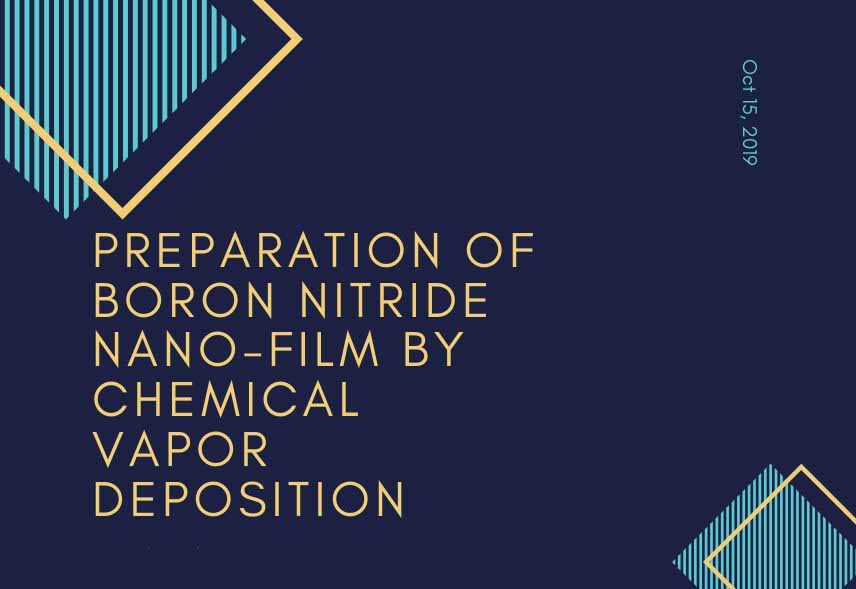- Alumina
- Boron Nitride
- Zirconia
- Other Ceramics
- Applications
- Contact

The preparation of boron nitride nano-films by chemical vapor deposition is mainly divided into epitaxial growth and non-epitaxial growth.
Epitaxial growth of boron nitride nanofilms is carried out by using a binary system precursor (BF3-NH3, BCl3-NH3, B2H6-NH3) or a single precursor (BN3H6, B3N3H3Cl3, B3N3H3Cl6) for pyrolysis. Among them, a boron nitride film having a stoichiometric ratio of 1:1 can be deposited by pyrolysis of borazine.
Researchers at the University of Zurich in Switzerland have constructed rhodium-based boron nitride (also known as “white graphene”) nano-networks on the basis of rhodium. The thickness of the single-layer nano-mesh is 0.1 nm and the mesh spacing is 3.2 nm. By changing the atomic angle of a single layer of boron carbide, a transition from hydrophilic to hydrophobic can be achieved with or without power. Specifically, the material can change its nanostructure to change the static resistance of the atomic surface (one state is a highly viscous hydrophilic state, and the other state is a low-viscosity hydrophobic state), thereby changing its affinity/hydrophobic state.
The researchers successfully prepared a single-atom layer high-quality graphene/hexagonal boron nitride planar heterogeneous nano-film material on a copper-nickel alloy substrate by chemical vapor deposition (CVD) method, and successfully applied it to WSe2/MoS2 two-dimensional photoelectric components. The method utilizes the excellent catalytic ability of the copper-nickel alloy to eliminate the random nucleation of graphene while improving the crystal quality of the boron nitride single crystal. This causes the graphene domains to nucleate only at the apex angles of the triangular h-BN single crystal domains and grow along the h-BN side.
At present, research on depositing monoatomic layer hexagonal boron nitride nanofilm on the surface of metallic nickel is popular. Studies have shown that the x-orbital of nickel and the π orbital of hexagonal boron nitride are largely hybridized, indicating a strong bond between the hexagonal boron nitride and the metal substrate.
Non-epitaxial growth uses boron oxide (B2O3) and melamine powder as precursors. By controlling different growth temperatures (1100-1300 °C), the thickness of the boron nitride film can be controlled between 25-50 nm. The number of layers of the boron nitride nanofilm material is determined by the concentration of the reactants.
For more information, please visit https://www.speciaLceramicparts.com/.